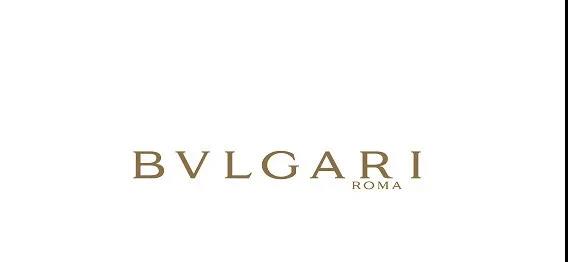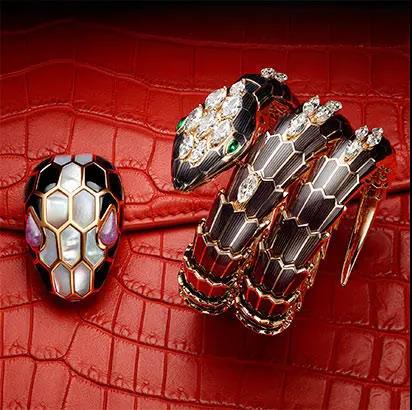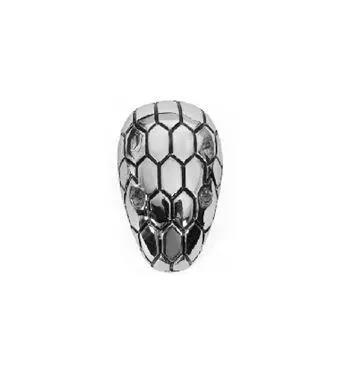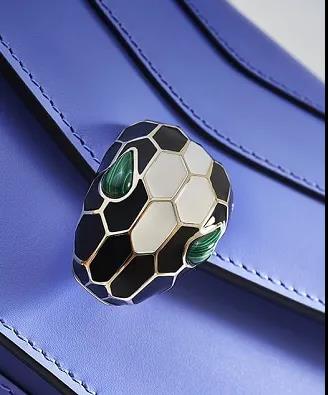Recently, the Beijing Intellectual Property Court concluded an administrative dispute over the invalidity of the "snake head" graphic trademark. The Beijing Intellectual Property Court found that the third party Liu Mou's registered graphic trademark No. 15911982 (hereinafter referred to as the disputed trademark) infringed the plaintiff Bulgari. The company limited by shares (hereinafter referred to as Bulgari Company) enjoys the copyright of fine art works, so the China National Intellectual Property Administration’s ruling on the request for invalidation of the trademark No. 15911982 by CNIPA of Shang Ping Zi [2019] No. 88366 and No. 15911982 is ordered to make a ruling once again.

On April 28, 2019, CNIPA ruled that the evidence in the case submitted by Bulgari Company was insufficient to prove that it enjoyed the copyright of the "snake head" graphic, so the evidence in the case was insufficient to prove that the registration of the trademark in question violated Article 32 of the Trademark Law of 2014 ruled to maintain the disputed trademark. Bulgari refused to accept the ruling and filed an administrative lawsuit with the Beijing Intellectual Property Court.

The Beijing Intellectual Property Court held that the work involved in the case claimed by Bulgari was a snake head graphic, which had certain aesthetic significance, and its manifestation had the originality in the legal sense that an art work should possess, and it was an art work protected by China's Copyright Law.

Secondly, the evidence in the case can prove that Bulgari began to label the works involved in the fashion magazines such as L'officiel, Hongxiu, Jiaren, ELLE World Fashion Clothing Court, Vogue Apparel and Beauty, and Harper’s Bazaar since 2011. Publicity and promotion of the goods involved in the case, combined with its sales records of the goods with the works involved in the case in 2013, can prove that Bulgari has legally enjoyed the copyright of the work involved in the case or has an interest in the work involved before the disputed trademark application date.
Thirdly, the evidence in the case can prove that Bulgari Company publicized and used the works involved in the case on "bag" and other commodities before the trademark application date, and the third party stated that it had also conducted "bag" commodities. In operation, the business scope of both parties overlaps, so Liu has the possibility of contacting the works involved in the case.

Finally, compare the disputed trademark with the works involved; both are graphics based on snake heads. They have similar expressions in terms of overall appearance outline, basic composition of graphics, visual effects, etc., with low originality and substantial similar composition. Therefore, Liu's registration of the disputed trademark violated the first half of Article 32 of the Trademark Law, and CNIPA determined that it was wrong.
Based on this, the Beijing Intellectual Property Court supported the plaintiff’s claim by Bulgari, revoked the accused ruling, and ordered CNIPA to make a new ruling.









